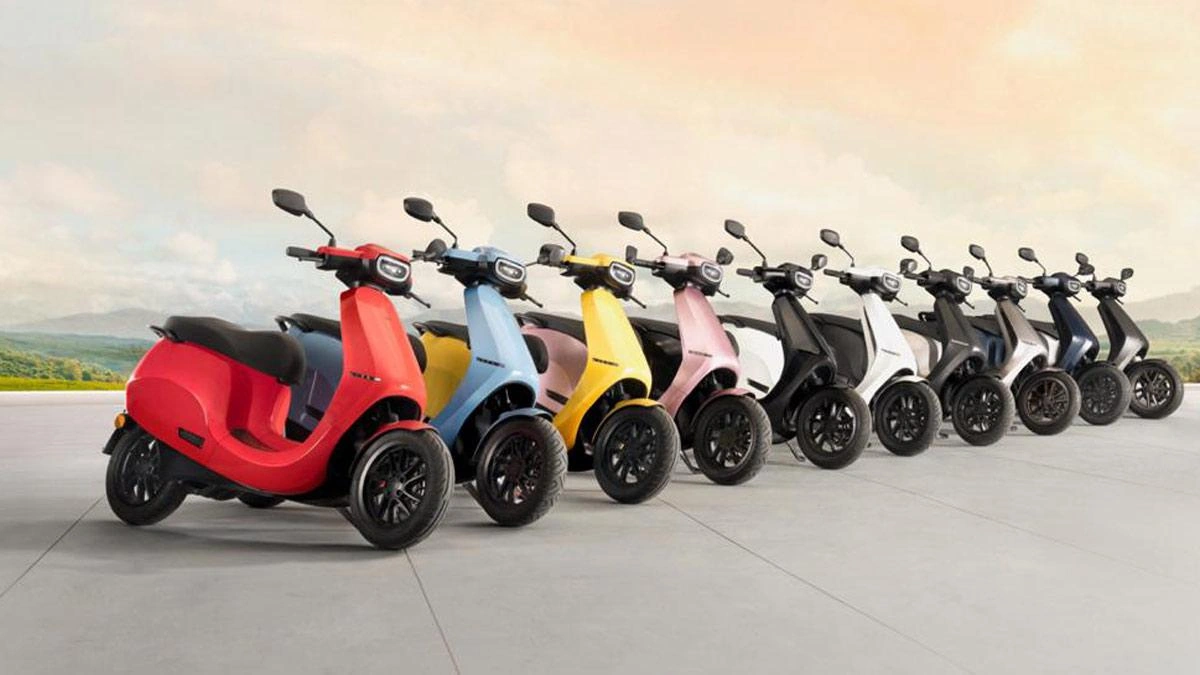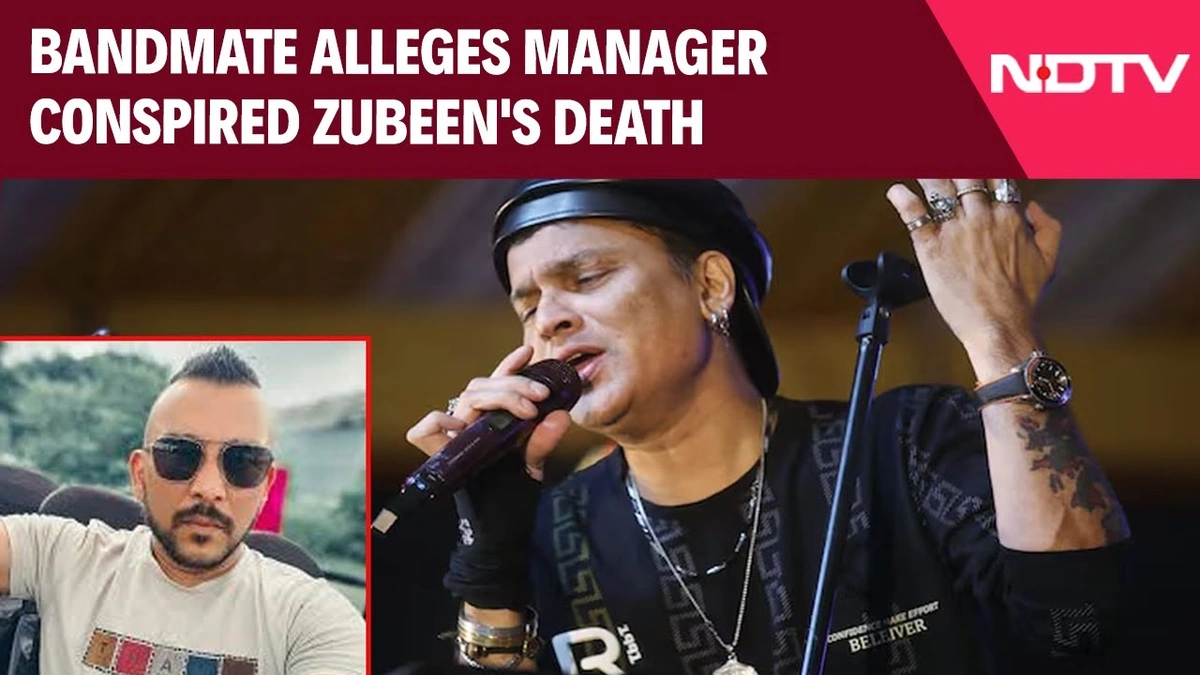Ola Electric | The Unstoppable Force or a House of Cards? Here’s What’s Really Going On.
Let’s grab a virtual coffee and talk about Ola Electric. You’ve seen them everywhere, right? The sleek, colourful scooters zipping through city traffic. The flashy ads promising a revolution. And, of course, the occasional, slightly terrifying video on Twitter of a scooter doing something it absolutely shouldn’t.
It’s a whirlwind of hype, ambition, and controversy. One moment, they’re the undisputed king of the EV market, smashing sales records. The next, they’re in the news for a software glitch or a customer service nightmare. It’s confusing. And it leads to the big question everyone’s quietly asking: Is Ola Electric a visionary company building the future, or is it a classic case of “move fast and break things”… with the emphasis on “break things”?
Here’s the thing. To understand Ola, you can’t just look at the scooter. That’s just the tip of the iceberg. What’s really happening is a high-stakes, multi-billion-dollar gamble that could redefine not just our commutes, but Indian manufacturing itself. And I’m here to break down why it all matters.
The ‘Blitzscaling’ Playbook | Why Ola Isn’t Just Selling Scooters
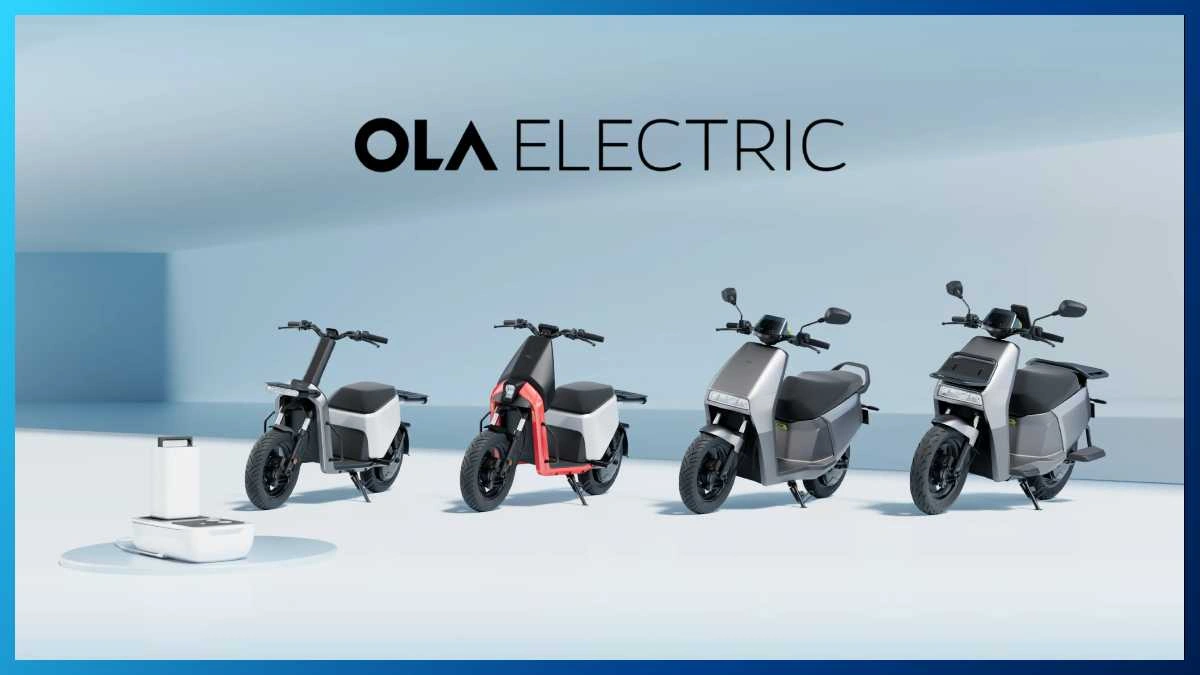
First, we need to talk about the man behind the mission, Bhavish Aggarwal . He isn’t building a scooter company; he’s running a Silicon Valley-style startup on steroids. The strategy is called “blitzscaling” – growing at a breakneck pace to dominate a market before anyone else can even catch their breath. Forget slow and steady. This is about shock and awe.
The most insane example of this? The Ola Futurefactory . It’s not just a factory; it’s a statement. Built on a 500-acre site in Tamil Nadu, it’s designed to be the world’s largest two-wheeler factory, churning out millions of scooters. When you build something on that scale, you’re not just planning to sell a few thousand units a month. You’re planning to flood the market.
But why go so big, so fast? It’s about controlling the entire ecosystem. By building at a massive scale, Ola aims to achieve economies of scale that competitors simply can’t match. This allows them to aggressively cut the Ola electric scooter price , making their products accessible to a much wider audience. They’re not just competing with Ather or TVS; they’re trying to make petrol scooters obsolete. This grand vision is something that evokes powerful feelings, almost like a patriotic song. In fact, it reminds me of the spirit you might find in some desh bhakti geet – a song of national ambition.
This approach has its casualties, and we’ll get to that. But it’s crucial to understand that for Ola, the product is just one piece of a much larger puzzle involving vertical integration, from battery cells to software, all designed for one thing: total market domination.
The S1 Conundrum | One Scooter to Rule Them All
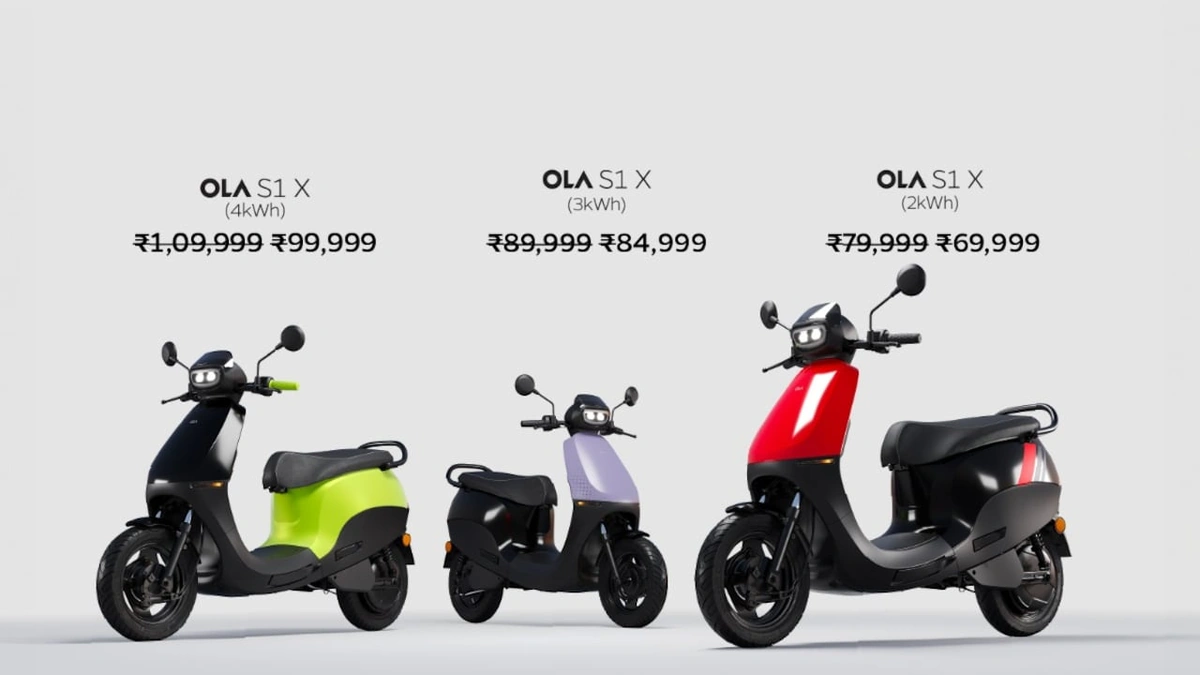
Have you tried making sense of Ola’s product lineup? You’ve got the S1 Pro, the S1 Air, the S1 X, the S1 X+, and multiple battery variants for each. It’s… a lot. And it seems chaotic. But there’s a very clever, almost ruthless, method to this madness.
Let’s be honest, this isn’t about giving you perfect choices. This is a carpet-bombing strategy.
Think about it. By creating a variant for nearly every ₹10,000 price gap between ₹80,000 and ₹1,50,000, Ola leaves no breathing room for competitors. A customer walks into a showroom with a budget, and there’s an Ola scooter waiting for them. The Ola S1 X targets the budget-conscious buyer who might have considered a Honda Activa. The Ola S1 Pro caters to the tech-savvy enthusiast who wants all the bells and whistles. The S1 Air sits somewhere in between.
What this does is paralyze the competition and overwhelm the consumer with ‘choice’ that all leads back to one brand. It’s a classic strategy borrowed from the world of smartphones and consumer goods, but rarely seen in the automotive space. They are not just selling a product; they are selling a spectrum. And it’s working. If you look at the monthly sales data from sources like the official Vahan dashboard , Ola consistently holds a massive chunk often over 30-40% of the electric scooter in India market. It’s a masterclass in market capture, even if it leaves customers scratching their heads.
The Elephant in the Room | Quality, Service, and Viral Nightmares
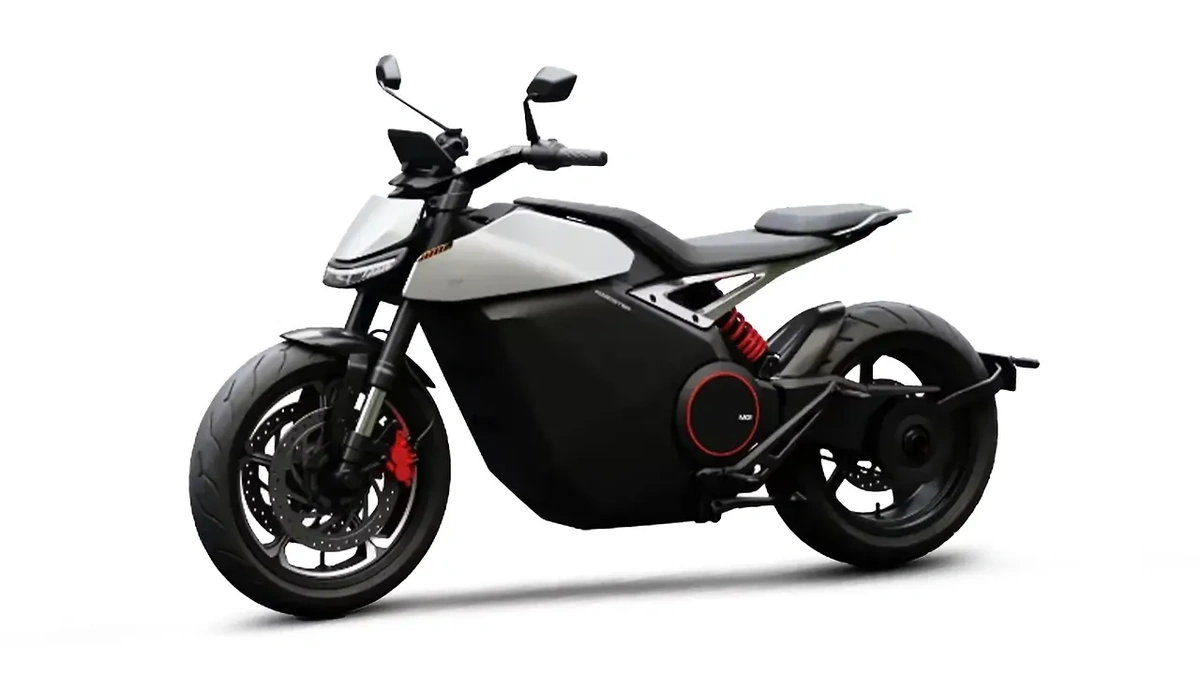
Okay, let’s talk about the scary part. The fires. The suspension breaking. The scooter that decided to go in reverse at full speed. These aren’t just rumours; they’re well-documented incidents that have made many potential buyers nervous.
So why does this happen? It’s the dark side of blitzscaling. When your primary goal is to grow at an impossible speed, corners inevitably get cut. Quality control, software testing, and after-sales service infrastructure all struggle to keep up with the explosive growth in sales. The “move fast and break things” mantra is great for a software app, but it’s a bit more problematic when the “thing” is a two-wheeler carrying a person at 80 km/h.
And yet… the sales numbers keep climbing. This is the great paradox of Ola. For every person who swears off the brand due to a bad experience, there are ten more drawn in by the attractive price, the long feature list, and the powerful performance. For many Indians, the value proposition getting a feature-packed electric scooter for the price of a petrol one is simply too good to ignore. They are willing to take a chance, hoping that the software glitches will be fixed with an over-the-air update and that the hardware issues were just early-production hiccups.
Ola is essentially betting that they can fix the problems faster than they lose customer trust. It’s a high-wire act, and the jury is still out on whether they’ll pull it off in the long run.
FAQ | Your Questions About Ola, Answered
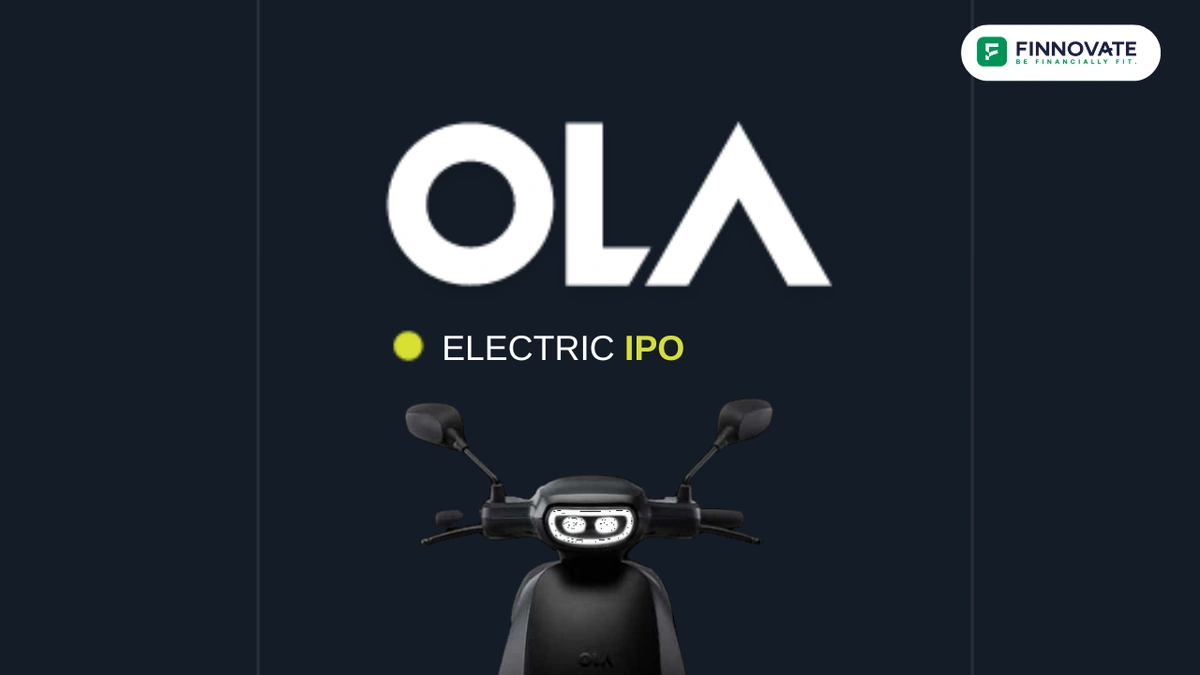
Frequently Asked Questions about Ola Electric
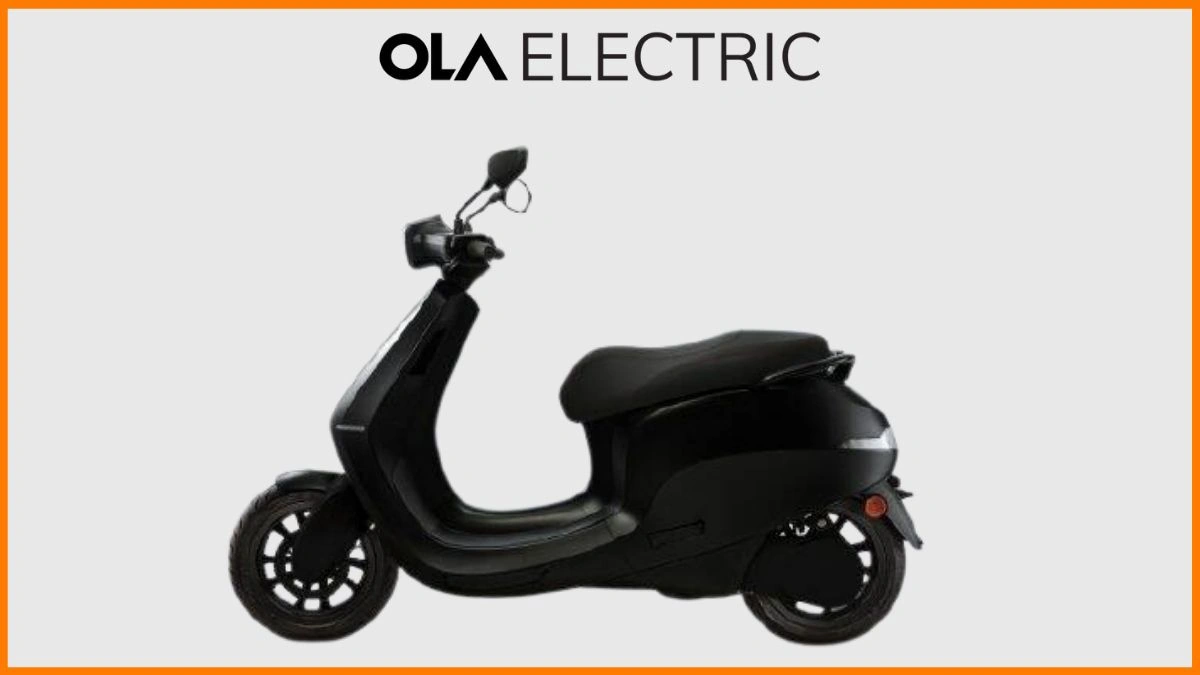
So, is it actually safe to buy an Ola scooter now?
This is the million-dollar question. Ola claims that the initial hardware issues, particularly with the front suspension, have been addressed in newer models and through a free upgrade program. Software remains a work-in-progress, with their MoveOS platform getting frequent updates. The general consensus is that the newer batches are more reliable than the first-generation models, but it’s still a brand that requires a bit more patience than its legacy counterparts. It is an exciting period of growth, a bit like the feeling captured in August when things are changing.
What’s the real difference between the Ola S1 X and the S1 Air?
Think of it this way: The S1 X is the bare-bones, no-frills entry into the Ola ecosystem, designed to compete directly with petrol scooters on price. It has a simpler display and fewer smart features. The S1 Air is the mid-range option. It offers a better touchscreen display and a few more features than the S1 X, making it a more balanced package for those who want a bit of tech without paying the premium for the Pro model.
Why are their delivery times and service so inconsistent?
It goes back to that blitzscaling strategy. Their sales and distribution network has been built from scratch in a very short time. Unlike Bajaj or TVS, who have decades of dealership and service network experience, Ola is still figuring it out. This leads to inconsistencies where one customer might have a seamless experience while another faces long delays and poor communication.
What is this ‘MoveOS’ everyone talks about?
MoveOS is the proprietary operating system that runs everything on the scooter, from the motor controller to the fancy touchscreen display. It’s what enables features like navigation, music playback, and different riding modes. The advantage is that Ola can push updates over the air (like your phone) to add features and fix bugs. The disadvantage is that if the software is buggy, it can affect the core functionality of the scooter.
The Real Endgame | It Was Never Just About the Scooter
If you think Ola’s ambition ends with dominating the scooter market, you haven’t been paying attention. The scooter is just Phase One. It’s the Trojan Horse.
The real endgame is to become a vertically integrated technology and energy company. They’ve already showcased a wild lineup of electric motorcycles. There are persistent rumours of an electric car. Most importantly, they are investing heavily in building their own battery cells at the Ola Gigafactory. This is the holy grail. The company that controls the battery technology controls the future of EVs.
Ola Electric isn’t just trying to be India’s Tesla; in some ways, its ambition is even broader. It’s a bet that an Indian company can design, engineer, and mass-produce high-tech products for the world, controlling every critical part of the supply chain.
So, is it an unstoppable force or a house of cards? Honestly, it’s probably a bit of both right now. It’s a chaotic, flawed, and incredibly ambitious force that is dragging the entire Indian EV industry into the future, kicking and screaming. It might not always be pretty, but one thing is for sure: you can’t ignore it. Ola has already changed the game, and its biggest moves are likely yet to come.
